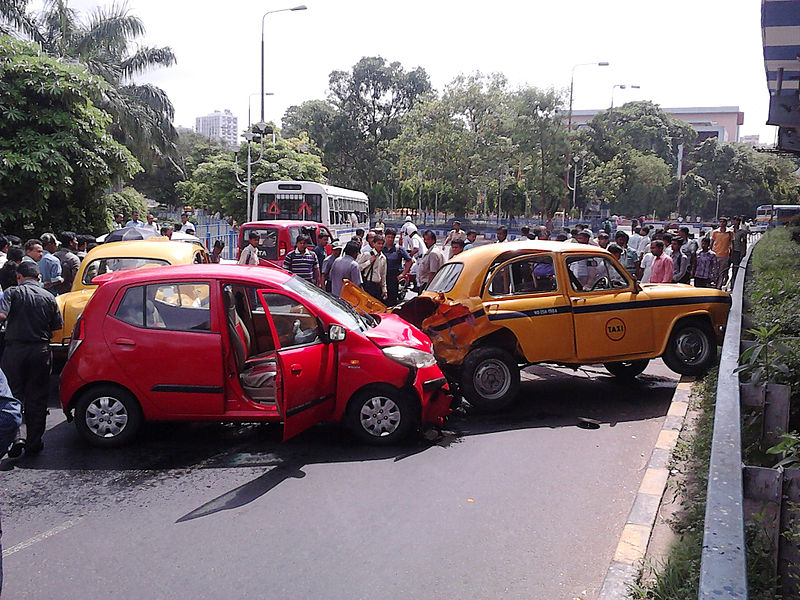Unraveling the Complexities: Exploring the Psychology and Sociology behind Accidents
Accidents have been an inherent part of the human experience since time immemorial. From minor mishaps to catastrophic events, accidents can strike anyone, anywhere, at any time. While some accidents may appear random or isolated, there are deeper psychological and sociological aspects that contribute to their occurrence. In this article, we will delve into the underlying reasons behind accidents and seek to understand their multifaceted nature.
Human Nature and Risk-Taking: One crucial aspect of accidents lies in human nature itself. As sentient beings, we possess a natural inclination towards curiosity, adventure, and risk-taking. These traits can lead to a willingness to engage in activities that push boundaries, often resulting in unintended consequences. Whether it’s speeding on the road, testing the limits of a new gadget, or taking on extreme sports, our desire for novelty and excitement can overshadow the potential hazards that lie ahead.
Cognitive Biases and Decision Making: Another aspect that contributes to accidents is the presence of cognitive biases in our decision-making process. These mental shortcuts and patterns can distort our judgment and perception of risk. For instance, the optimism bias leads us to believe that bad things are less likely to happen to us, leading to a lack of precautionary measures. Similarly, the confirmation bias can prevent us from considering alternative viewpoints and potential dangers, resulting in tunnel vision and carelessness.
Societal Pressures and Time Constraints: Accidents can also stem from societal pressures and time constraints. In our fast-paced world, individuals are often under immense pressure to perform, leading to fatigue, stress, and reduced attention spans. Furthermore, industries and businesses operating in competitive environments may prioritize productivity over safety, inadvertently increasing the likelihood of accidents.
Infrastructural and Technological Factors: The state of infrastructure and technology also plays a significant role in the occurrence of accidents. Outdated or poorly maintained infrastructure can lead to failures in transportation systems, buildings, and utilities. Likewise, the design flaws and lack of safety features in technology can increase the risk of accidents, be it in vehicles, medical equipment, or consumer goods.
Human Error and Accidents: Human error remains a significant factor in various accidents across industries. While advancements in automation and artificial intelligence have minimized some human errors, they cannot entirely eliminate them. Miscommunication, distraction, fatigue, and complacency can all contribute to accidents even in technologically advanced environments.
Inadequate Safety Measures and Education: Accidents can be mitigated through robust safety measures and proper education. Lack of awareness about potential risks, inadequate safety training, and complacency towards preventive measures can all exacerbate the likelihood of accidents. Promoting safety awareness, investing in education, and enforcing stringent safety protocols can significantly reduce the occurrence of accidents.
The Domino Effect and System Failures: Accidents often demonstrate a domino effect, where a series of seemingly minor mishaps cascade into a major disaster. This phenomenon can be seen in various scenarios, from industrial accidents to natural disasters. Identifying the weak links in systems and rectifying them is crucial to prevent such chain reactions.
Conclusion: Accidents are not simple, isolated events; rather, they are the outcomes of a web of interconnected factors involving human behavior, cognitive biases, societal pressures, infrastructure, technology, and more. Understanding these complex layers can help us develop comprehensive strategies to prevent accidents and create safer environments for everyone. By addressing the root causes and working collectively, we can make significant strides towards a safer and accident-free future.


